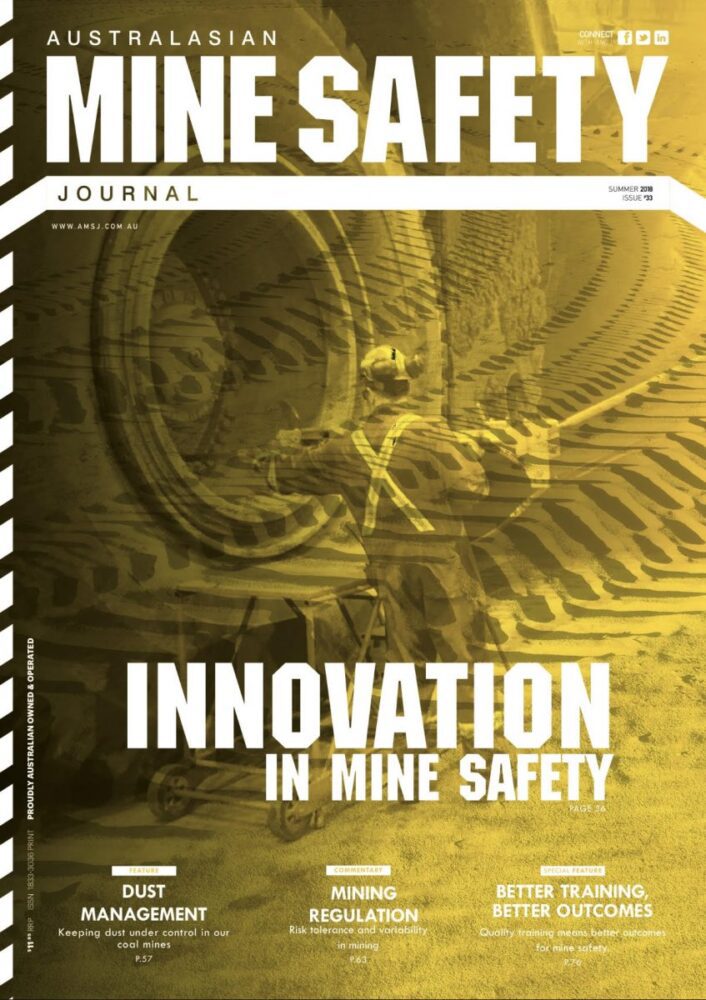Implementing a maximum temperature at which work should stop because of heat stress and dehydration risks is not a suitable control measure, according to Australia’s national safety body.
A spokesperson for Safe Work Australia (SWA) said that setting a safe or unsafe limit based only on ambient air temperature is not appropriate because there are many other variables which together contribute to the onset of heat stress, including:
- relative humidity
- sun or heat exposure
- air flow
- physical demands of the work
- if the worker is heat acclimatised
- the amount of clothing and PPE worn
- work-rest ratio
Instead, SWA recommends that a risk management approach is implemented, with controls monitored for their effectiveness by the person conducting a business or undertaking (PCBU).
“Workers must be able to work in extreme heat or cold without risk to their health and safety… PCBUs must also monitor workers’ health, and provide better information about recognising and providing first aid treatment for heat-related disorders,” the spokesperson said.
Environmental monitoring tools that look beyond temperature and factor some of the many variables that contribute to heat stress will help. Wet Bulb Global Temperature (WBGT) – which is used in ISO 7243 – and Thermal Work Limit (TWL) are two such environmental monitoring indices.
While these tools are better than relying only on temperature as a measure of heat stress dangers, it is unrealistic to rely on any single measure and continued environmental and worker monitoring should be conducted to determine the effect of heat stress prevention and management strategies.
When asked whether work should be stopped in the event of extreme heat stress dangers, the SWA spokesperson said that work should cease if a risk assessment deems there is a serious risk to workers’ health and safety and should not recommence until effective controls are introduced.
Furthermore, workers also have the right to refuse to work if there are significant heat stress or heat illness dangers, although must remain available to carry out suitable alternative work, according to the SWA spokesperson citing Part 5, Division 6 (sections 83- 89) of the Work Health and Safety (WHS) Act.
They also cited the model Code of Practice: Managing the work environment and facilities as outlining controls in detail, which broadly entail either modifying the environment or the work.
“In just about all situations, multiple controls will be required,” the spokesperson said, adding that where required, expert advice should be sought.
Some of those controls may include crushed ice ingestion which acts as a heat sink on the body, cooling vests, PPE-free areas, loose-fitting clothing and cooling fans.














Add Comment